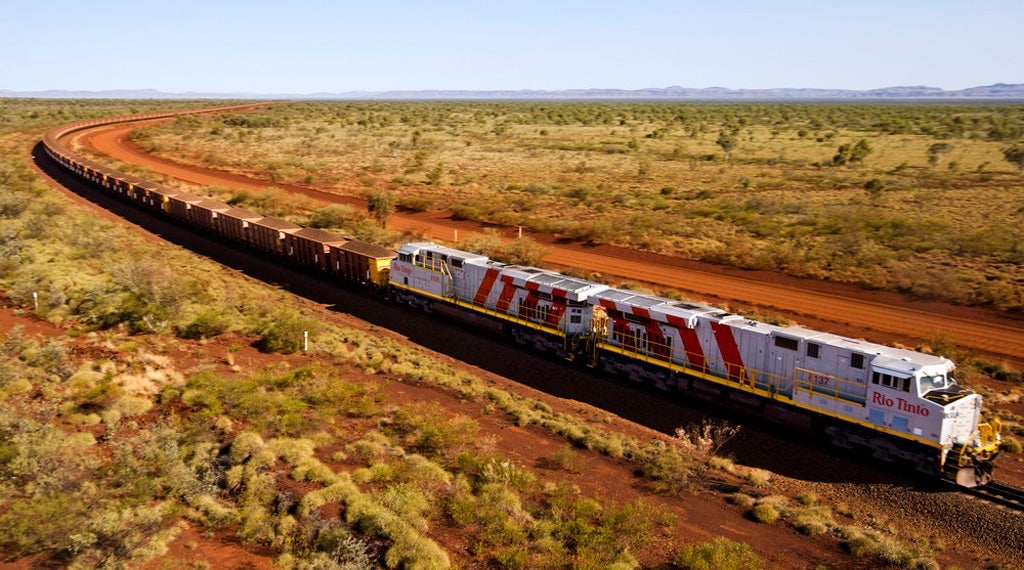We are one step closer to having fully unmanned trains
While the auto industry is busy working on safely automating the transportation of humans, Australian-British mining giant Rio Tinto has already figured it out with freight.


While the auto industry is busy working on safely automating the transportation of humans, Australian-British mining giant Rio Tinto has already figured it out with freight.
On Monday (Oct. 2), the company completed its first fully-unmanned rail journey across the Western Australian desert. The train traversed nearly 100 km (62 miles) without a driver onboard, while Rio teams and Australian government representatives supervised real-time progress in control rooms from afar.
Until Monday, the company had only run its trains in manned, autonomous mode since the first quarter of this year. The unmanned pilot run puts the company on track to meet its goal of building a fully autonomous heavy-haul, long-distance train network by late 2018.
Rio already runs 71 autonomous trucks that move around 20% of the materials from its iron ore operations. Along with its manned, autonomous trains, the company’s operations have been more reliable and faster. It expects the program to bring further safety and productivity improvements.
The technology capable of creating autonomous trains has been around for a long time. Since the 1960s, reports Wired, robotrains have run in a limited capacity. The biggest problem facing wide adoption, however, was how much time trains need to react to an upcoming obstacle. Coupled with resistance from union workers and poor economic incentives, interest stayed low.
But Rio appears to have finally cracked the case, and its fully autonomous network should arrive next year—once it clears safety and regulatory approval.